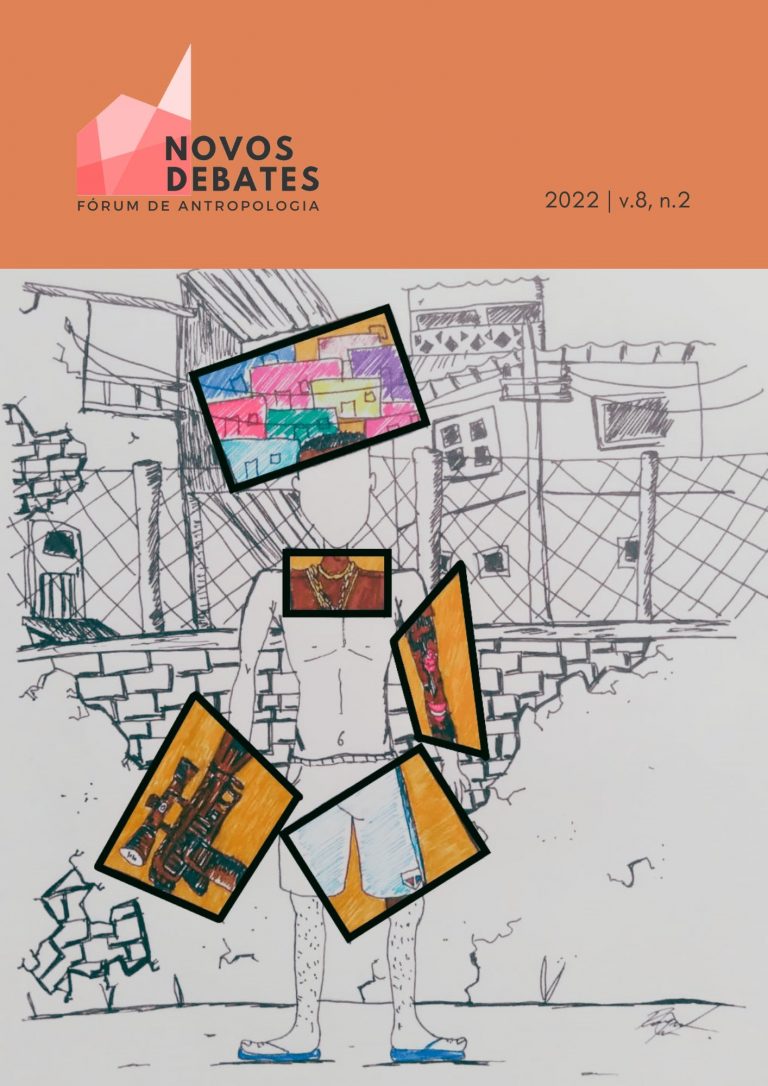Reality and artificiality
An analysis of the social construction of feelings from the experience of an Artificial Intelligence
DOI:
https://doi.org/10.48006/2358-0097/V8N2.E8202Keywords:
emotion, social construction, reality, artificiality, moviesAbstract
This essay aims to discuss, based on the film Her, how the experience and the expression of feelings are socially constituted through social conviviality. The methodology is based on a narrative review based on theoretical works produced in the field of Social Sciences, with emphasis on Anthropology of Emotions. The object of analysis is the emotions developed by the character Samantha, an artificial intelligence operating system. The objective is to propose a theoretical opposition to biological-body notions about emotional categories. Considering the discussion between the works and the relationship of two opposing characters it is possible to infer that emotionality is manifested through collective networks of interdependence. Thus, emotions and their forms of expression present themselves as constitutively social.
References
ABU-LUGHOD, Lila e LUTZ, Catherine. 1990. “Introduction”. In: Lila Abu-Lughod e Catherine Lutz (orgs. ). Language and Politics of Emotion. New York, Cambridge University Press, p.1-23.
DEL MONACO, Romina. 2014 “Emociones, género y moralidades: modos de padecer migranãem Buenos Aires, Argentina”. Antipod. Rev. Antropol. Arqueol.19: 121-142. DOI: http: //dx. doi. org/10.7440/antipoda19.2014.06. DOI: https://doi.org/10.7440/antipoda19.2014.06
ELIAS, Norbert. 1993. O processo civilizador. Rio de Janeiro: Jorge Zahar.
ELIAS, Norbert. 2000. Os estabelecidos e os outsiders: Sociologia das relações de poder a partir de uma pequena comunidade. Rio de Janeiro: Jorge Zahar Editor Ltda.
ELIAS, Norbert. 2001. A solidão dos moribundos. Rio de Janeiro: Jorge Zahar.
HOCHSCHILD, Arlie. 2013. “Trabalho Emocional, Regras de Sentimentos e Estrutura Social”. In: Maria Cláudia Coelho (org. ). Estudos sobre Interação: textos escolhidos. Rio de Janeiro: EdUERJ.
LE BRETON, David. 2009 As paixões ordinárias. Petrópolis: Vozes.
LUTZ, Catherine A. 1988. Unnatural emotions: everyday sentiments on a Micronesian atoll & their challenge to Western theory. Chicago: University of Chicago Press. DOI: https://doi.org/10.7208/chicago/9780226219783.001.0001
MAUSS, Marcel. 1980. “A Expressão Obrigatória dos Sentimentos”. In: Sérvulo Figueira (org. ). Psicanálise e Ciências Sociais. Rio de Janeiro: Francisco Alves. p. 56-63.
MAUSS, Marcel. 2003 “As técnicas do corpo”. In: Marcel Mauss. Sociologia e Antropologia. São Paulo: Cosac Naify. p. 399-422.
ORTNER, Sherry B. 1979. “Está a mulher para o homem assim como a natureza paraa cultura? ”. O mundo hoje 31: 95-118.
REZENDE, Claudia B. 2002. “Mágoas de amizade: um ensaio em antropologia das emoções”. MANA 8(2): 69-89. DOI: https://doi.org/10.1590/S0104-93132002000200003
REZENDE, Claudia e COELHO, Maria Claudia. 2010. Antropologia das emoções. Rio de Janeiro: Editora FGV.
Downloads
Published
How to Cite
Issue
Section
License
Copyright (c) 2024 Novos Debates

This work is licensed under a Creative Commons Attribution 3.0 Unported License.
Open Access Statement
Novos Debates is an open access journal. We do not charge any fee for the publication of articles or for access to our issues. All our content, unless otherwise indicated, is licensed under Creative Commons Brazil Attribution 3.0 (CC BY 3.0 BR).
You are free to:
– Share — copy and redistribute the material in any medium or format
– Adapt — remix, transform, and build upon the material for any purpose, even commercially
– The licensor cannot revoke these freedoms as long as you follow the license terms.
Under the following terms:
– Attribution — You must give appropriate credit, provide a link to the license, and indicate if changes were made. You may do so in any reasonable manner, but not in any way that suggests the licensor endorses you or your use.
– No additional restrictions — You may not apply legal terms or technological measures that legally restrict others from doing anything the license permits.


